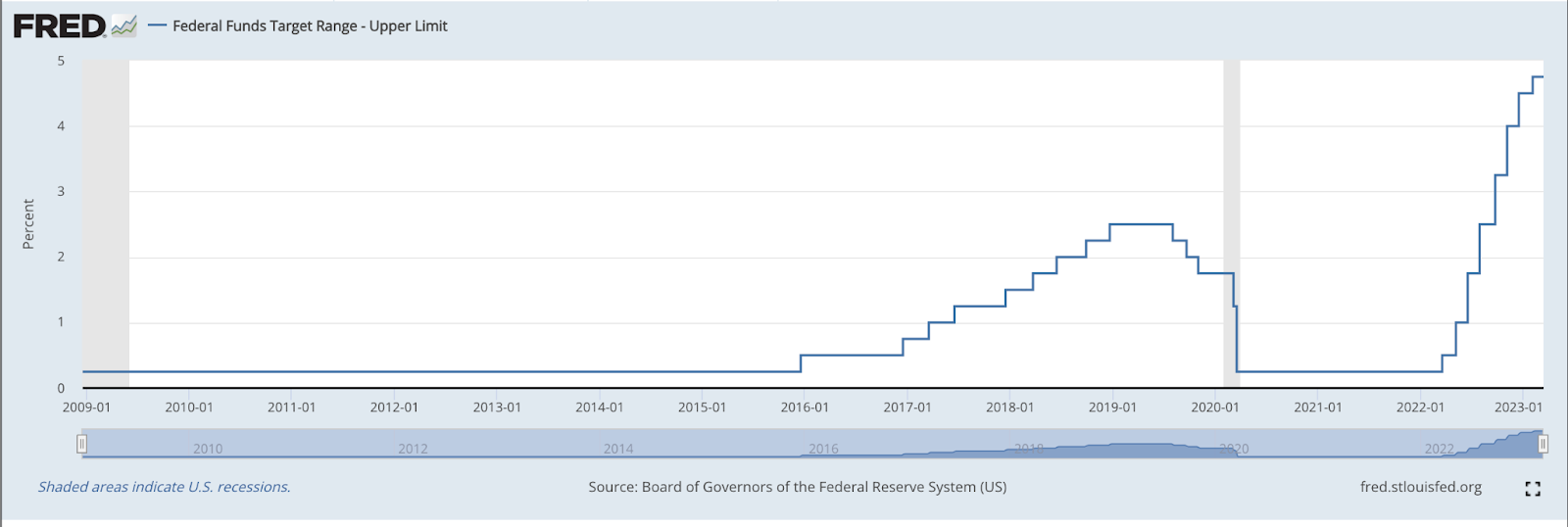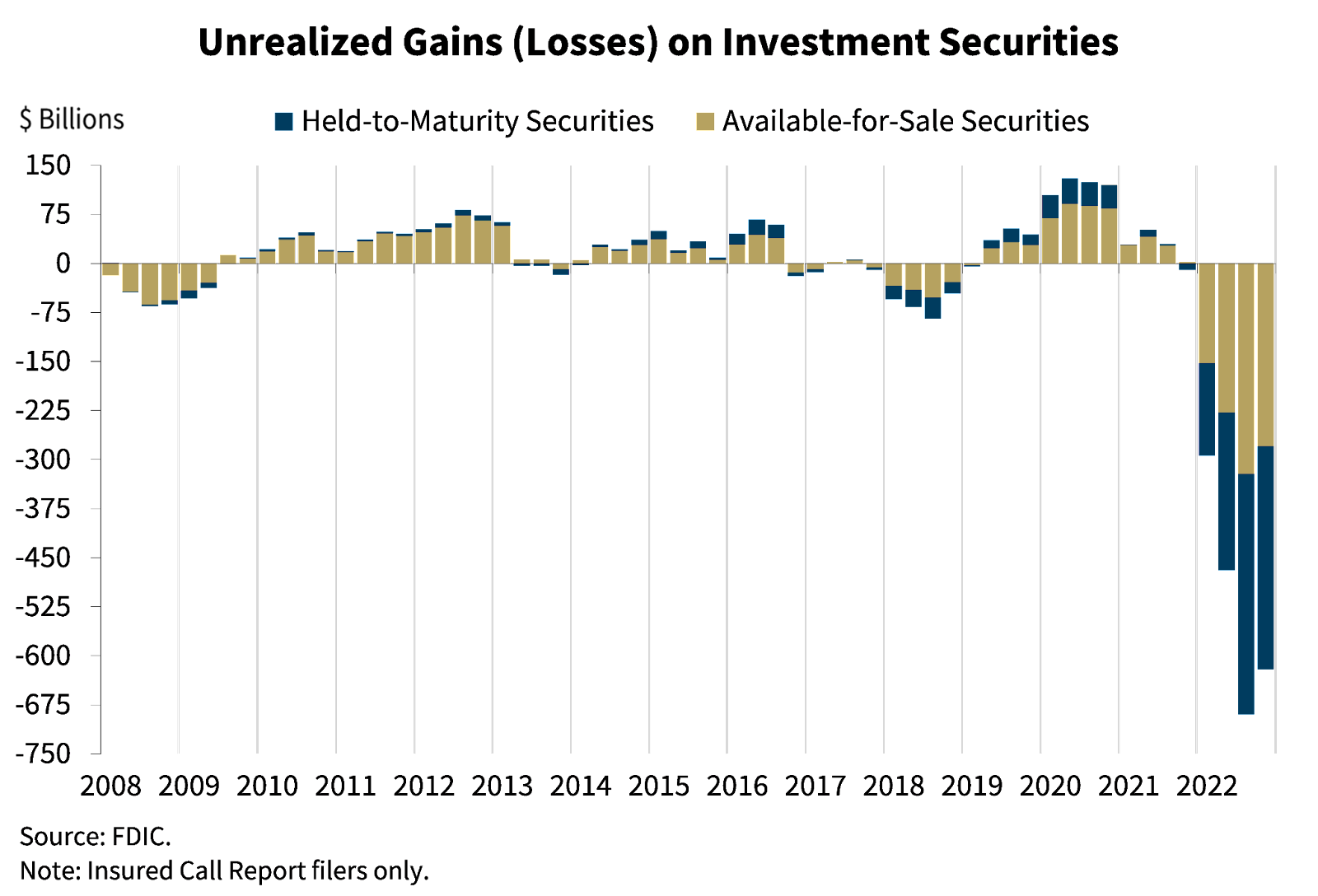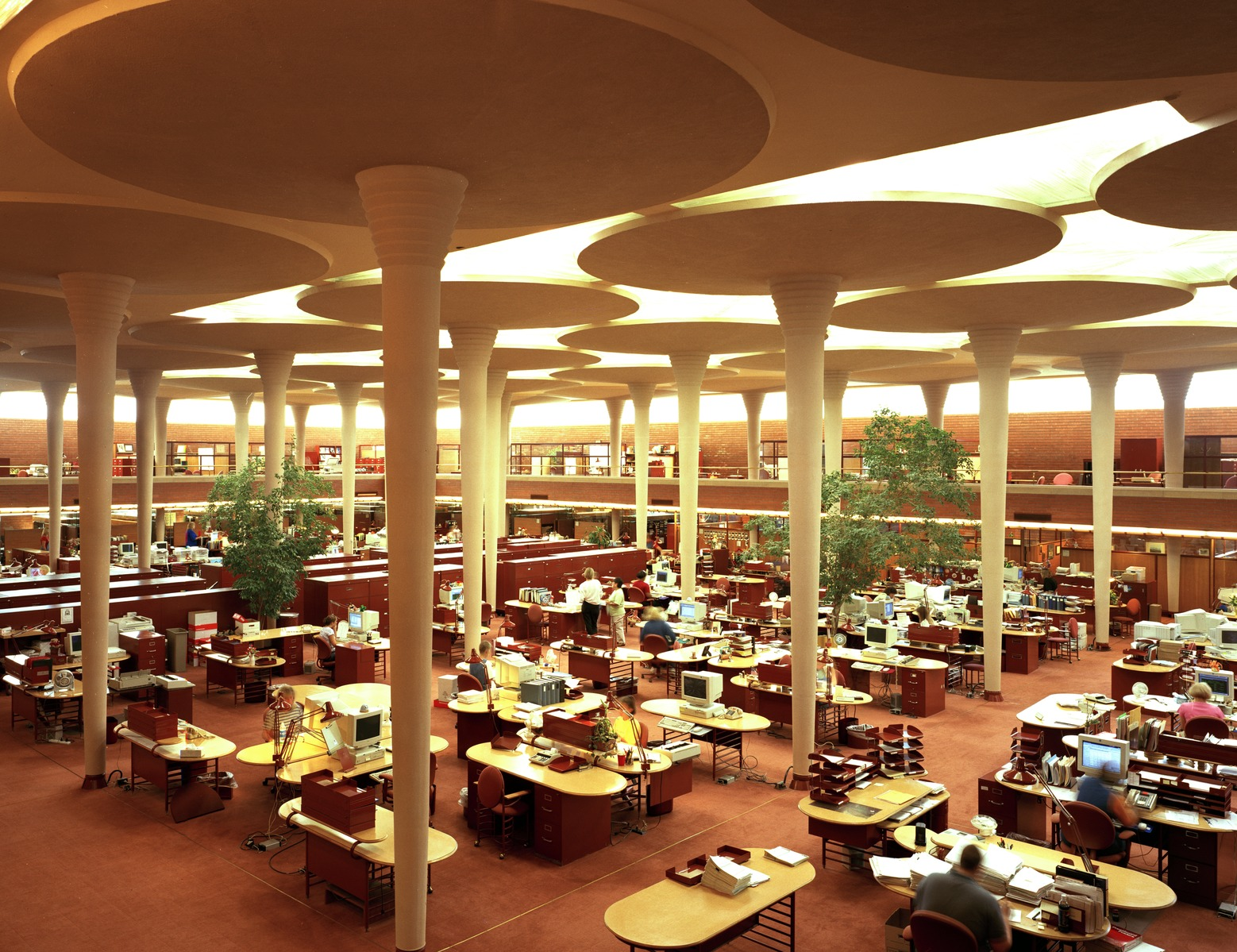Original link: https://www.skyue.com/23032007.html
This is the 14th issue of Shiyue Weekly, organized by theme this week:
- Silicon Valley Bank bankruptcy
- History of Office Space Design
- Additional Content, Tools, Resources
Silicon Valley Bank bankruptcy
The bankruptcy of Silicon Valley Bank is quite a big deal, and it is also very lively on the Internet. Selected 5 content, 4 are direct analysis or introduction, 1 is about complex system.
A podcast episode reviewing the Silicon Valley banking crisis featuring:
- Zhang Lu: A VC investor in the tech industry, who has witnessed the incident, some of his investment companies have accounts in Silicon Valley Bank.
- Liu Qindong: An investor on Wall Street.
- Zhang Xinlu: Former Manager of Credit Risk Management Department of Silicon Valley Bank, worked in Silicon Valley Bank for 5 years and left in 2019.
This configuration is very particular about viewing events from three different perspectives.
Banking in very uncertain times
Very long article, the author has worked for the payment company Stripe for many years. The article introduces a lot of operating logic and risks of the banking industry. Based on this article, I would like to say two of my own concerns:
1. In this crisis, interest rate is an important factor. The underlying logic is that interest rates affect the price of everything, and when they curb inflation, they also hit asset values. There is a graph of interest rate increase in the article:
 575
575
Inflation is caused by the release of water, but as shown in the figure, the interest rate has been maintained near zero before 2016. Why did hyperinflation appear only after three years of the epidemic. This part feels worth studying, and it should have a great relationship with the global (especially China) economic recession.
2. There is a view that “Silicon Valley Bank did nothing wrong. They bought long-term treasury bonds, but it was just bad luck that they encountered interest rate hikes.” There are two sides here. If “losing money from interest rate hikes is just bad luck”, then “money earned during interest rate cuts/low interest rate cycles is just luck.” If banks make a lot of money when interest rates are cut, depositors do not enjoy these Profits, why file for bankruptcy when the interest rate is raised and throw the problem to the society, let the depositors or taxpayers bear the losses? Bank management definitely bears the primary responsibility.
Finally, there are a few data in this article that I want to extract: the deposit insurance fund is only 130 billion US dollars. For comparison, Silicon Valley Bank’s asset scale is 200 billion. In February this year, the FDIC announced that the book loss of the US banking system was 620 billion yuan. I feel that the essence of finance is ” credit ” and ” time difference “.
 Book losses of the banking system
Book losses of the banking system
The Demise of Silicon Valley Bank – by Marc Rubinstein
This article provides some of the data behind SVB’s bankruptcy. For example, the section about storage structures:
The $250,000 threshold is actually pretty significant. It represents the limit of deposit insurance. In all, customers with balances larger than that account for $157 billion in Silicon Valley Bank’s deposit base, with each customer holding an average of $4.2 million. The bank does have another 106,420 customers whose accounts are fully insured, but they only control $4.8 billion in deposits. Silicon Valley’s deposit base is heavily skewed toward uninsured deposits compared to more consumer-facing banks. Of the $173 billion in total deposits at the end of 2022, $152 billion is uninsured.
What We Know So Far About the Silicon Valley Bank Crisis – The New York Times
New York Times report in Chinese. In addition to the rise in interest rates, it also mentioned the particularity of Silicon Valley Bank’s customers. Most of its customers are startups in Silicon Valley. When the capital market is sluggish and startups cannot raise funds, they will use more cash, resulting in the loss of deposits.
On the other hand, the U.S. Federal Deposit Insurance Corporation announced to take over the bank so quickly and guaranteed all deposits (including the portion exceeding the statutory 25W). In addition to worrying about the spillover effect of risks, this special group of customers may also be one of the reasons.
A short essay on the nature of failure in complex systems. A complex system is essentially a dynamic and dangerous system, and its failure is usually caused by the combination of multiple small problems. It also means that there are often omissions in finding the so-called “root cause” afterwards. Conversely, the success of complex systems can hardly be attributed to a “root cause”.
The banking system is obviously a very complex system.
History of Office Space Design
In addition to open offices, there are also cubicle/office forms, but employees in the Internet industry born in the 1980s and 1990s should not have experienced it. 4 related articles are shared here, including 1 Youtube video of Vox.
Meta Rediscovers the Cubicle – Cal Newport
This article talks about how Meta hired a first-class design firm to redesign the office space in order to solve the problem of employee efficiency. The final conclusion is: cubicles .
This reminds me of an article I read about a senior programmer. He mentioned that he worked at Microsoft in the 1980s. Everyone has an office. Open office space seems to have slowly become popular in the 1990s.
When I read “Unix Legend: History and Memories” last year, Brian also mentioned that the programmers at Bell Labs had historical memories of offices in the early years.
So I became interested in the design history of office space, and found the following three links, all of which are of very high quality.
This Is Why Open Offices Replaced Cubicles | The Muse
【Video】Open offices are overrated – YouTube
Cubicle – Wikipedia
Large offices emerged after the rise of knowledge work (managerialism, lawyers, technology, media, etc.), with a history of less than 100 years. The process is: open office -> cubicle -> open office.
There are two key designers and their works:
One, the Johnson Wax headquarters designed by Frank Lloyd Wright for SC Johnson & Son in 1939.
 Johnson Wax Headquarters – 1939
Johnson Wax Headquarters – 1939
Second, in 1960, Herman Miller created Herman Miller Research Corporation. Created the first office cubicle Action Office.
But history is so strange. All designs were originally humanized, but with continuous development, iteration, and standardization , they gradually became anti-human. The density of people in the open space is getting higher and higher, and the cubicles are getting more and more oppressive. So that history has swayed between two extremes, and now it seems that it is going to swing to the side of the compartment .
just looking around
one,
Positive Conclusion (Wang Xiaobo)
It is not easy to choose rationality from rationality and optimism. Rationality is like chastity, if you lose it, you will never have it again; as long as something happy happens, optimism will come back.
We know that the Church burned Bruno to death. Even if I am religious, I would not agree to this kind of behavior—I am kind, and I am very sure of this, so I will definitely persuade those who burn people: Everyone, they just advocate the heliocentric theory. It was too much to die for him. When other people hear such words, they must pull me into the flames, so I will immediately change the direction of persuasion and direct it to Bruno: Come on, buddy, what are you doing? Go take it easy. This is the attitude I had when I was young. Of course, this is not rational and sound, it can only be called a muddled mind; with this kind of mind, I will never be able to figure out whether the heliocentric theory is right or not.
How can Wang Xiaobo be so real?
two,
Language: Why We Hear More Than Words – Farnam Street
A bird with a bad pitch has a hard time finding a mate because their communication is hard-coded in their genes, the code. But people’s ability to understand is very special. Human language communication is not limited to text or sound itself, but also rich contextual information, tone, words, text order, etc.
From this perspective, AI still has a long way to go.
three,
【Video】GPT-4 Developer Livestream – YouTube
【Video】The Future of Work With AI – Microsoft March 2023 Event – YouTube
GPT-4 live broadcast and Microsoft Office 365 integrated AI press conference.
There is a point of view nowadays: If these AI tasks are not used in the work, they will fall behind in the future. I basically agree, but at the same time I am dazzled by all kinds of tools.
Is this the confusion of the period of technological change? I was still studying when the iPhone was released. Will the working people at that time be the same?
tool resources
A website for learning Prompt
Automate Your Business – Open Source Free Zapier Alternative – Self-hosted or Cloud – Activepieces
A self-hosted IFTTT.
Not By AI Badges — A Badge for Your AI-free Content
It is foreseeable that in the near future, there will be a large amount of AI-generated content on the Internet. How to distinguish between AI and artificially generated content will be a great challenge. This site offers an initiative for creators to flag human-produced content, which, on a hunch, might catch on in the blogosphere.
This article is transferred from: https://www.skyue.com/23032007.html
This site is only for collection, and the copyright belongs to the original author.